If there’s one thing we know, it’s that you should always wash your hands after going to the bathroom. If there’re two things we know, though, the second is that you’ll never get anywhere in life being fixated on the past. So while 2014 was a pretty good year for us, we’re already looking to the year ahead, which is already promising seven cool happenings for Japan in 2015.
Osaka (Page 23)
Japanese people have a stereotype for being incredibly tiny. Grown men and women can shop in the “junior” section, which is a handy way to save a bit of money, especially when buying some brand name items. But just because you “can” doesn’t mean you “should“. One Japanese “baller” finds out the hard way that some children-only items should really only be used by children. Unless you are looking for a new and permanent metal chastity belt.
He’s known for his outspoken and often controversial opinions, from saying that civil servants who have tattoos should resign, to denying the forcible recruitment of South Korean “comfort women” during the second world war.
But it was an intense debate about whether students should be allowed to have furikake seasoning with their school lunch that left city mayor Tōru Hashimoto scratching his head this week as he asked the Osaka Board of Education: “What’s wrong with furikake?!”
Being a big city, Osaka falls victim to criminal activity more frequently than the rest of the sleepy countryside surrounding it. But still, the criminals they do have in this “big bad” city, seem to be lacking in… experience? Guts? Commitment?
Back in May we saw the convenience store robber who got outsmarted by a clerk after a series of unfortunate decisions on his part. The other day, another wannabe convenience store robber started his raid out well, but gave up pretty easily after some quick thinking and scolding by the store attendant.
An Osaka man convicted of rape three and a half years ago and sentenced to a 12-year prison sentence has been released after new evidence revealed the man’s accuser had provided false testimony.
The man – whom Japanese news outlets are not naming – was accused of raping the same woman in both 2004 and 2008, and sexually assaulting her once again later in 2008. The guilty verdict was apparently based largely on the woman’s testimony and that of at least one eyewitness, but the trial seems to have lacked any physical evidence provided by prosecutors.
Weirdness broke out on the afternoon of 16 November in Osaka. Several witness claimed to have seen a woman jump onto the tracks of Izumiotsu Station just as a train was approaching. However, after the train arrived there was no sign of injury and the woman was last seen running away on the platform.
How the woman got on the tracks, survived the train, or escaped is unclear and an investigation is underway. Internet detectives well-versed in manga, however, are assuming that she was summoned by a big black orb in an apartment somewhere.
One of the words for art in Japanese is bijutsu which contains the kanji character for “beauty” (美). That’s not to say that art is limited to images of beauty alone, however. Sometimes images considered superficially unpleasant can be seen as beautiful works as well. They have the power to push back the darkness of taboos and help us to overcome our own inhibiting fears and prejudices.
Those are pretty heavy concepts for sixth-grader Chifu Onishi, but she seems to have already excelled at them through her celebrated artwork such as Tsuki Ni Asobu (Play on the Moon) which was chosen as a part of the 82nd annual Dokuritsu Exhibition, an annual event that has featured some of Japan’s greatest artists in the past. This acknowledgement also earns the 11-year-old the recognition of being the youngest artist to ever take part.
Tokyo is so massive and bustling that sometimes it’s hard to remember that it doesn’t have a monopoly on urban splendor in Japan. Take Osaka, for example. Long Tokyo’s rival, in everything from business to baseball to samurai warfare, Osaka is known for its economic ambitiousness, comedic sensibilities, and tasty grub, but there’s one thing that’s often overlooked in media coverage of Osaka.
It looks absolutely beautiful at night.
It’s often said that nothing in life is certain except for death and taxes, but for one Osaka resident, that maxim was little more than an old wives’ tale.
One day, the taxman came calling to the tune of 816 million yen (US$7.7M) over years of unreported winning horse race bets. However, in a game where the house always wins, this guy managed to flip the script and knock down the money owed to a relatively modest 67 million yen ($635,000).
The first time I went to Tokyo alone, I got lost within the first five minutes of arriving at Shinjuku Station, unable to comprehend why there were so many transfers to different lines going in different directions. Without mobile data on my phone, I was basically one of the ‘internet-less lost gaijin’ crippled by the lack of Google Maps who ended up befriending the station master at every transfer station because, without them, I would probably have had to spend the night hanging out with the buskers on the streets.
The maps in Japanese subway stations are not only confusing, they also look like multi-colored spaghetti or weird roller coasters, and I can clearly recall thinking how nice it would be to have a better-looking representation of the city’s train lines. Thankfully, it looks like South Korean design company Zero per Zero has fulfilled my wish with their subway map designs, which are becoming a hot topic on Reddit.
Tokyo and Osaka are only about 2.5 hours away by bullet train, so perhaps you wouldn’t think they’d be that different. But while Kanto (Tokyo, Yokohama, Chiba) holds the image of a glittering metropolis, Kansai (Osaka, Kyoto, Nara) is full of the old, historical aspects of Japan. The most commonly cited difference is the dialects of the two regions. For example, dame in Kanto-ben is akan in Kansai-ben, both meaning something like “wrong, no good.”
So when Japanese people were polled about their food habits, it wasn’t so surprising that the two regions answered very differently.
On the evening of 19 September, JR Osaka Station became the scene of unseasonable weirdness as dozens of photographs of an unknown teenage boy seen sitting on the train fell from the sky like giant snowflakes of randomness.
Upon investigating the incident, Osaka Prefectural Police found this to have been an act of revenge by what is fast becoming Japan’s most oddball sub-culture: train otaku.
In Japan, particularly online, you may come across the term DQN (dokyun). It’s a label reserved for those at the lowest order of intelligence and social graces and those who rank in the highest percentile for violence and general douchebag behavior.
Catching one of these creatures in their natural habitat of the streets is a rare but obnoxious treat. That’s why it’s awfully nice of them to record their own anti-social behavior so that we may study their ways in the comfort of our own home, and so the authorities can arrest and prosecute them all the more easily.
Take alleged DQN Tsuyoshi Nakamura for example, who along with some associates stands accused of harassing, threatening, and extorting from the entire staff of a FamilyMart convenience store in Ibaraki, Osaka. Nakamura is also under suspicion of forcing them to get on their knees and bow in apology, with the entire scene being uploaded to YouTube for all to see.
Tokyo’s restaurants may have more Michelin stars, but for many Japanese foodies, the real culinary action is in Osaka. Particularly if your tastes run more towards good honest grub than haute cuisine, Japan’s second largest city is the place to be.
The people of Osaka enjoy a good meal so much that they coined the phrase kuidaore, to eat until you collapse. But even with this image firmly entrenched in our minds, the city has found a new way to surprise us with its gastronomic decadence.
On a recent day out in Osaka, our reporter stopped by a café and ordered a truly hard-core parfait. It wasn’t that the parfait was so big, and no, it didn’t contain any shocking ingredients. What blew our minds about this parfait was its topping.
It was a slice of cake, and it was so big it wasn’t even trying to fit into the glass.
A 41-year-old police sergeant from the Osaka Tondabayashi police station has been arrested after it was discovered that while riding in a train, he put his smartphone between a woman’s legs.
Compared to ramen, udon has a decidedly low-key image. Ramen is actually a comparative newcomer to the Japanese dining scene, and so it’s generally the more likely candidate for crazy experimentation. Udon, on the other hand, is simpler, and in its most basic form, the thick white flour noodles, floating in a basic salty broth, can seem almost austere by comparison.
At least, that’s the impression eating udon only in train station noodle joints and school cafeterias would leave you with. The truth is, in the several centuries Japan has been eating udon, it’s come up with dozens of different takes on the dish, and later this year, you’ll be able to sample dozens all in the same place, with the opening of two Udon Museums in Tokyo and Osaka.
Osaka International Airport has a deceptively confusing name. First, although its mailing address is indeed in Osaka, a large portion of the facility actually spills over the border into neighboring Hyogo Prefecture, specifically the city of Itami.
Second, it only has domestic flights, as during the 1990s the overseas traffic was moved to Kansai International Airport, an international airport that’s entirely in Osaka (yet completely separate from Osaka International Airport).
But even if it’s hard to find a shred of logic to the naming of Osaka International Airport, the domestic hub can now fall back on the good looks of its new mascot, the undeniably cute, possibly worrying Sora-yan.
Now, chances are you’ve already seen many pictures and video footage from Japan, especially of tourist areas in cities like Tokyo, Osaka and Kyoto. But this video, shared about a month ago on Vimeo, offers a look at these cities from a very unique perspective — from up in the air! The video, filmed by a tourist visiting Japan, was taken from the perspective of a remote-controlled drone attached with a camera. And while some of the shots captured are of well-known tourist spots, Internet users both inside and outside of Japan seem to have been impressed by how the unique angle gives the familiar scenes quite a new feel! Let’s see what some of the popular sites of Japan look like from up above.
On 20 May, Osaka Prefectural Police announced the arrest of four boys ages 14 and 15 on charges of assault and robbery. The victims were two other male students caught in the act of “bontan hunting” which is ganging up on and attacking someone to steal their particular style of puffy pants.
In addition to this heinous crime, as news hit the internet the rest of Japan came down hard on Osaka for having teens who wear fashion and engage in activities that have been out of style for decades.
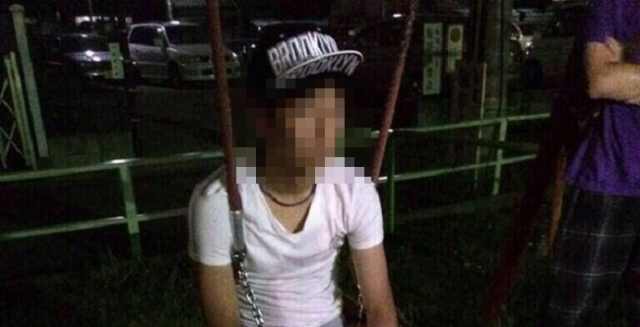
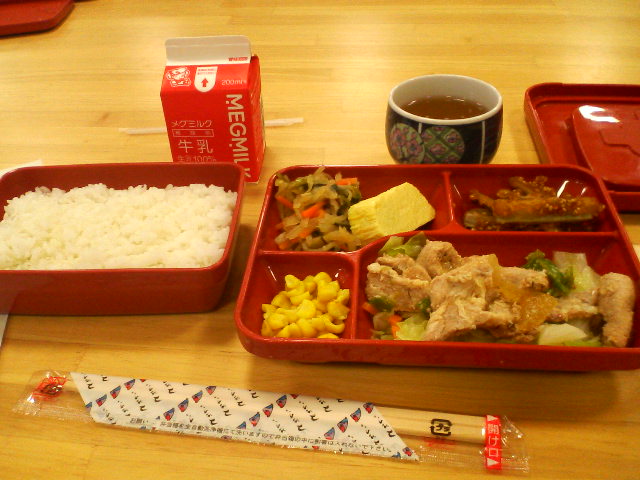

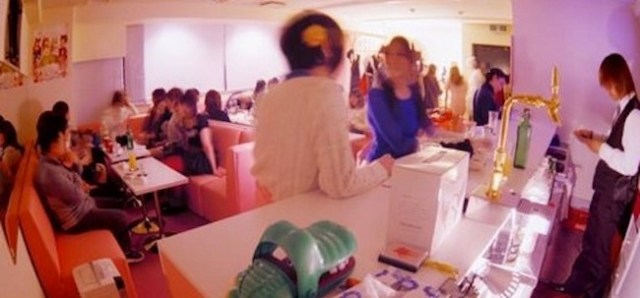
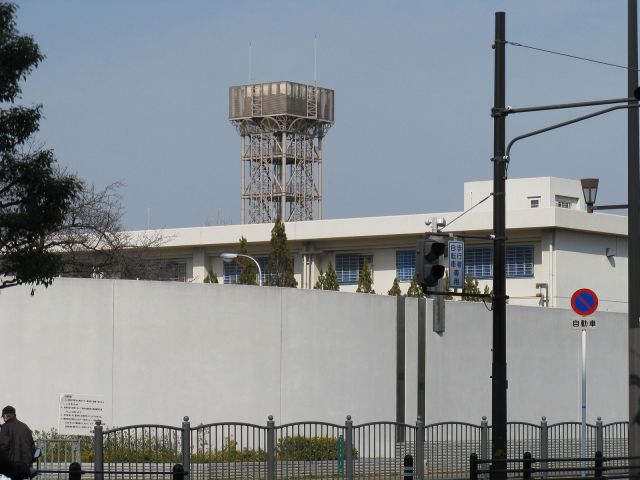
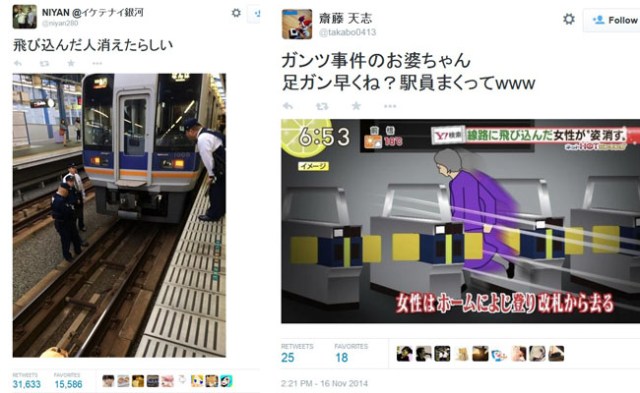
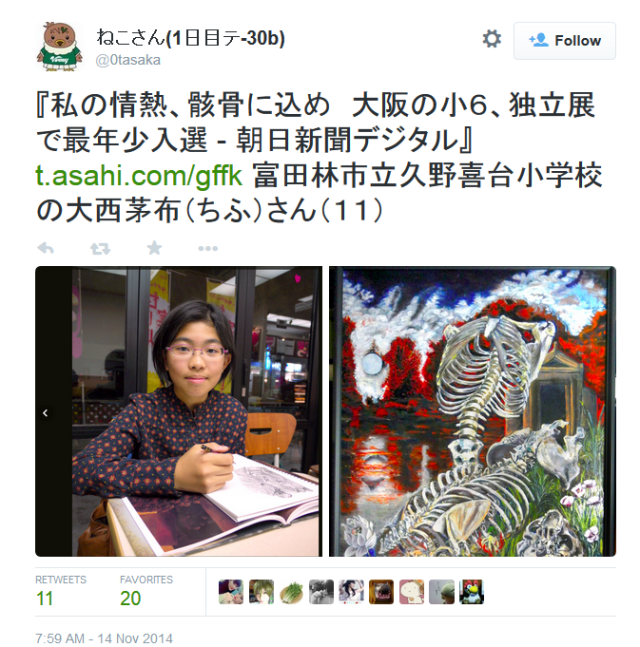
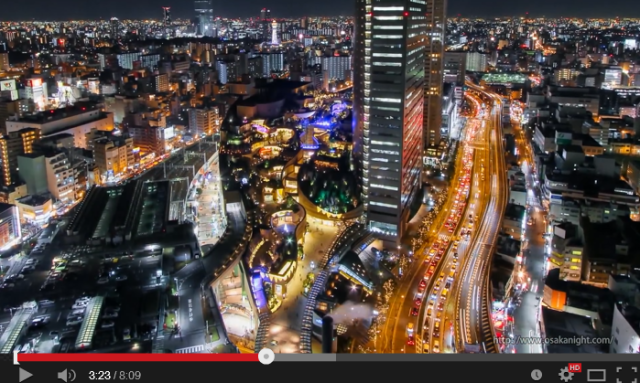
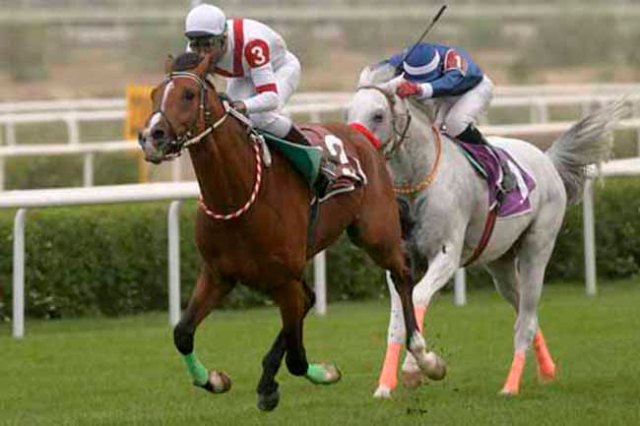
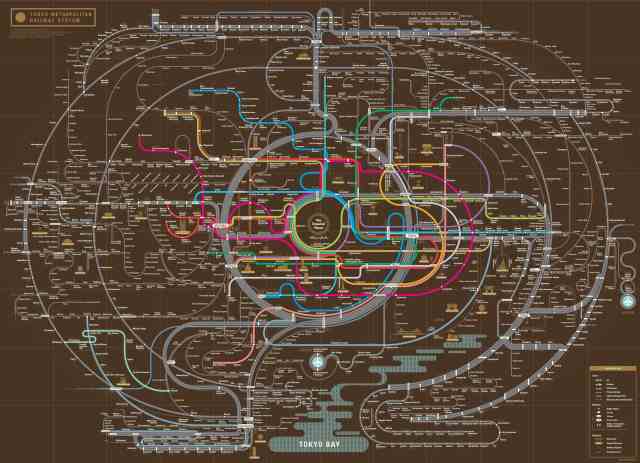
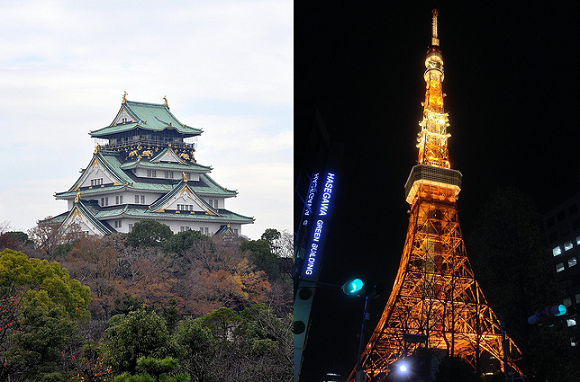
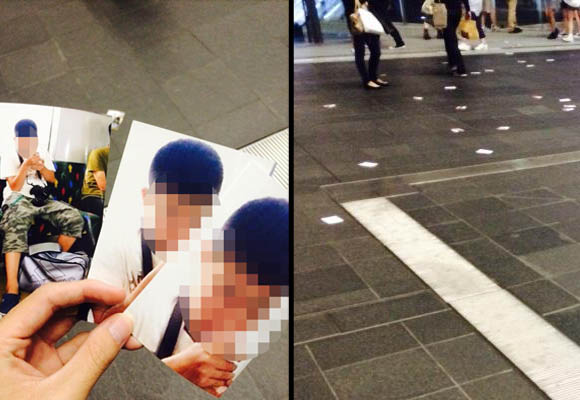


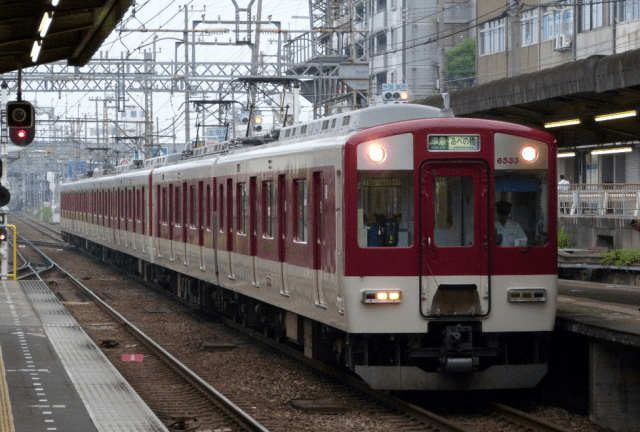
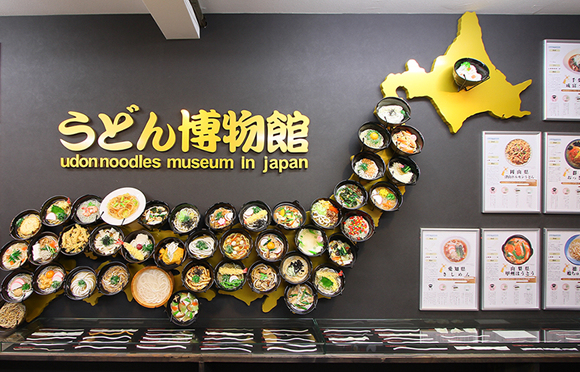

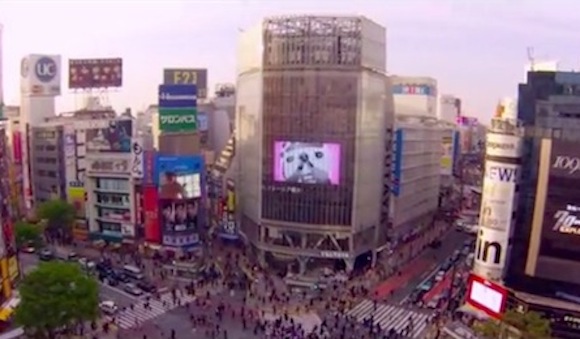
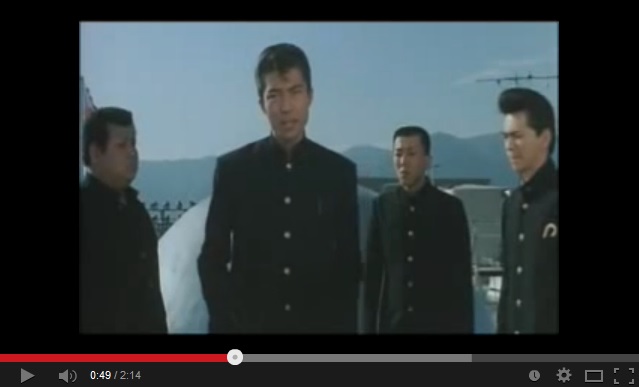
 Studio Ghibli releases new range of cardigans for anime fans
Studio Ghibli releases new range of cardigans for anime fans Starbucks Japan reveals new holiday goods for the 2024 festive season
Starbucks Japan reveals new holiday goods for the 2024 festive season How merry is Starbucks Japan’s new Merry Cream holiday Frappuccino?
How merry is Starbucks Japan’s new Merry Cream holiday Frappuccino? Kyoto Whopper divides customers at Burger King Japan
Kyoto Whopper divides customers at Burger King Japan Taking the Kyoto overnight bus for the first time
Taking the Kyoto overnight bus for the first time Ramen lovers continue to eat noodles as restaurant goes up in flames around them【Video】
Ramen lovers continue to eat noodles as restaurant goes up in flames around them【Video】 Totoro sequel anime Mei and the Baby Catbus will screen at Ghibli Park this winter
Totoro sequel anime Mei and the Baby Catbus will screen at Ghibli Park this winter There’s only one place in Japan where this kind of sushi isn’t red, but why?
There’s only one place in Japan where this kind of sushi isn’t red, but why? 100 years of Japanese women’s hair and makeup trends in less than a minute and a half【Video】
100 years of Japanese women’s hair and makeup trends in less than a minute and a half【Video】 Yakuza vending machines coming to real-world Tokyo neighborhood that inspired Like a Dragon games
Yakuza vending machines coming to real-world Tokyo neighborhood that inspired Like a Dragon games One of Japan’s most beautiful hot spring towns announces new limits on number of day trippers
One of Japan’s most beautiful hot spring towns announces new limits on number of day trippers Ghibli’s Princess Mononoke teams up with Foxfire for outdoor apparel collaboration【Photos】
Ghibli’s Princess Mononoke teams up with Foxfire for outdoor apparel collaboration【Photos】 Berserk T-shirts coming to Uniqlo for launch of new Manga Curation line【Photos】
Berserk T-shirts coming to Uniqlo for launch of new Manga Curation line【Photos】 Mario Kart Happy Meal toys arrive at McDonald’s Japan, and SoraNews24 has the whole set!【Photos】
Mario Kart Happy Meal toys arrive at McDonald’s Japan, and SoraNews24 has the whole set!【Photos】 Flying dango: Unique tourist site where Japanese sweets are flown to you over a gorge
Flying dango: Unique tourist site where Japanese sweets are flown to you over a gorge Japanese burger chain no longer serves onion rings, but offers intriguing replacement【Taste test】
Japanese burger chain no longer serves onion rings, but offers intriguing replacement【Taste test】 Starbucks Japan unveils second Holiday Frappuccino for 2024
Starbucks Japan unveils second Holiday Frappuccino for 2024 Nintendo’s controller capsule toys are so cool, even the machine you buy them from is awesome【Pics】
Nintendo’s controller capsule toys are so cool, even the machine you buy them from is awesome【Pics】 Tokyo Disneyland loses top-attendance crown for Japanese theme parks for second year in a row
Tokyo Disneyland loses top-attendance crown for Japanese theme parks for second year in a row Ghibli Park debuts first winter illumination display with Howl’s Moving Castle theme
Ghibli Park debuts first winter illumination display with Howl’s Moving Castle theme Pringles releases a limited-edition sweet flavour in Japan
Pringles releases a limited-edition sweet flavour in Japan Sanrio and magical girl anime PreCure join forces for new merch line【Photos】
Sanrio and magical girl anime PreCure join forces for new merch line【Photos】 Japanese job-quitting service contacted by other job-quitting service because employee wants to quit
Japanese job-quitting service contacted by other job-quitting service because employee wants to quit After cancelling Halloween, Tokyo’s Shibuya neighborhood cancels New Year’s Eve too
After cancelling Halloween, Tokyo’s Shibuya neighborhood cancels New Year’s Eve too McDonald’s new Happy Meals offer up cute and practical Sanrio lifestyle goods
McDonald’s new Happy Meals offer up cute and practical Sanrio lifestyle goods Foreign tourists on Shinkansen bullet train break suitcase etiquette, angering local passengers
Foreign tourists on Shinkansen bullet train break suitcase etiquette, angering local passengers [Deleted] Article written for April Fool’s Day 2018
[Deleted] Article written for April Fool’s Day 2018 Japanese government to make first change to romanization spelling rules since the 1950s
Japanese government to make first change to romanization spelling rules since the 1950s Foreigner’s request for help in Tokyo makes us sad for the state of society
Foreigner’s request for help in Tokyo makes us sad for the state of society Ghibli founders Toshio Suzuki and Hayao Miyazaki contribute to Japanese whisky Totoro label design
Ghibli founders Toshio Suzuki and Hayao Miyazaki contribute to Japanese whisky Totoro label design Japanese convenience store Family Mart announces abolishment of eat-in spaces
Japanese convenience store Family Mart announces abolishment of eat-in spaces Princesses, fruits, and blacksmiths: Study reveals the 30 most unusual family names in Japan
Princesses, fruits, and blacksmiths: Study reveals the 30 most unusual family names in Japan Life-size vibrating Legend of Zelda Master Sword for sale from Nintendo【Photos】
Life-size vibrating Legend of Zelda Master Sword for sale from Nintendo【Photos】 Studio Ghibli releases free-download board game — Here’s how to play it without reading Japanese
Studio Ghibli releases free-download board game — Here’s how to play it without reading Japanese Ramen lovers continue to eat noodles as restaurant goes up in flames around them【Video】
Ramen lovers continue to eat noodles as restaurant goes up in flames around them【Video】 Totoro sequel anime Mei and the Baby Catbus will screen at Ghibli Park this winter
Totoro sequel anime Mei and the Baby Catbus will screen at Ghibli Park this winter There’s only one place in Japan where this kind of sushi isn’t red, but why?
There’s only one place in Japan where this kind of sushi isn’t red, but why? 100 years of Japanese women’s hair and makeup trends in less than a minute and a half【Video】
100 years of Japanese women’s hair and makeup trends in less than a minute and a half【Video】 Yakuza vending machines coming to real-world Tokyo neighborhood that inspired Like a Dragon games
Yakuza vending machines coming to real-world Tokyo neighborhood that inspired Like a Dragon games Low-cost Japanese inn welcomes foreign guests with hot springs, sake tastings, cosplay backdrops
Low-cost Japanese inn welcomes foreign guests with hot springs, sake tastings, cosplay backdrops Japan’s caramel gacha machines offer sweet thrills, but do they deliver?
Japan’s caramel gacha machines offer sweet thrills, but do they deliver? Be the bear: We skin our eight-foot-tall teddy bear and climb inside【Pics & Video】
Be the bear: We skin our eight-foot-tall teddy bear and climb inside【Pics & Video】 Japan reaches its lowest-ever ranking on Education First’s 2024 English Proficiency Index
Japan reaches its lowest-ever ranking on Education First’s 2024 English Proficiency Index Is the Grimace shake worth the hype?
Is the Grimace shake worth the hype? Five things you can do to make hotel staff happy in Japan
Five things you can do to make hotel staff happy in Japan Watch how to make one of Japan’s elite restaurant’s desserts
Watch how to make one of Japan’s elite restaurant’s desserts New marvelously mysterious mochi ice creams celebrate 40 years of Häagen-Dazs Japan
New marvelously mysterious mochi ice creams celebrate 40 years of Häagen-Dazs Japan